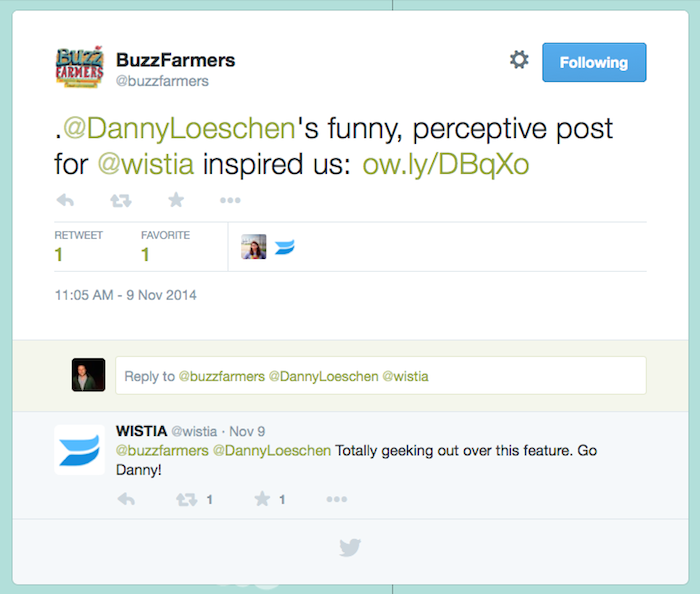Good case studies are packed with valuable information.
Deep analysis is hardwired into any well-crafted case study. Research, comparisons, and interviews are conducted, and a body of knowledge is shared – which is especially wonderful when you’re the reader!
So, why use case studies in your business blog content? In other words, why be the writer? Because they go beyond the editorial slant that’s typically taken. They give a detailed snapshot of a company, a campaign, or an individual idea, and then not only supply findings, but also provide takeaways. They’re valuable – not only for the reader, but also for you.
Case studies are one of our favorite ways to deliver content on the BuzzFarmers blog. We get to learn a lot in the process of putting them together, and then we’re able to share those lessons with other small businesses. We also compile them for our B2B clients, of course.
In today’s digital world, case studies take on a whole new set of powers. With the ability to forge connections online that wasn’t readily available to writers and researchers in print, savvy digital publishers and digital marketers are using case studies to both inform their audiences and build relationships.
Why use case studies? Let’s take a look at three big reasons.
[Tweet “In today’s digital world, case studies simultaneously inform readers & make connections.”]
Why Use Case Studies on Your Business Blog?
You get to learn about successes and failures of businesses in a direct way.
Case studies are often labor-intensive; you have to research the subject, and ideally get in touch with them for additional commentary. If you’re creating a case study on a successful business, you get to learn how the business got off of the ground the first place. If you’re doing a case study on a failed business, then you can see where the business went wrong and share that information so others avoid it. Case studies offer the unique opportunity to learn a lesson from others while hatching a plan for your own business.
You get to build connections with the people you write case studies about.
You may have connections with the people you interview in case studies. Other times, you won’t. You might be writing a case study on a major corporation and unable to get direct interviews with executives. However, after you write and publish the case study, you can then congratulate them on the success they’ve had.
When we write case studies for clients, we always inform companies we wrote about by Tweeting about it and sharing a post on Facebook, just for starters. When we Tweet the article to our followers, we always @mention the business that’s the subject of the case study. This way, the company can acknowledge that we or our client are promoting them, and they can learn about us, too. This social promotion often leads to a new connection.
Your content may get shared by the company that the case study is about.
When a business is proud of their work, and they’re happy about getting recognized in your case study, they might share your article to their social media networks and even on their own blog. This is ultimately the reason we suggest informing your case study subjects that you’ve written about them.
Think of it like this: If you’re doing a case study on a major company with tens of thousands of followers, the sharing of your content could lead to tens of thousands of new people learning about your company. If you sell your own products or provide business services, this added attention may result in more sales or clients – or at least positive word of mouth within a niche.
Why use case studies? Because they work. Case studies concurrently help your audience learn and plan, while also giving you new insights and creating new relationships.
Does your company produce case studies as part of your original content campaigns? If so, how do they perform? If not, give us a call if you need any pointers!













